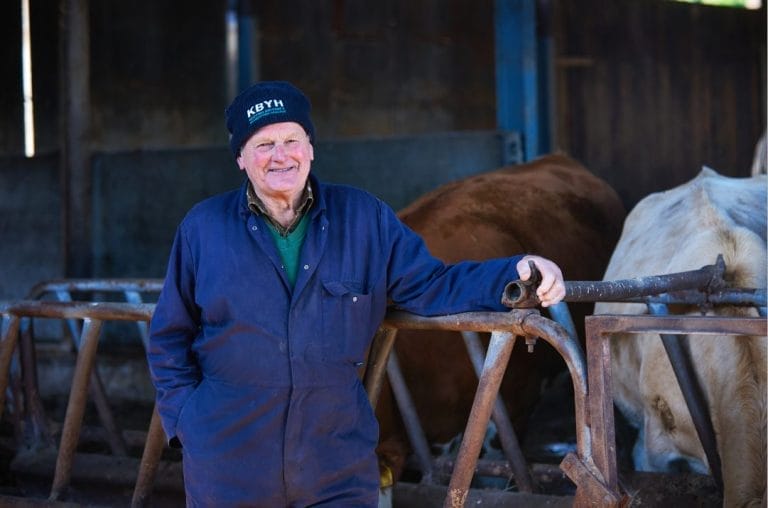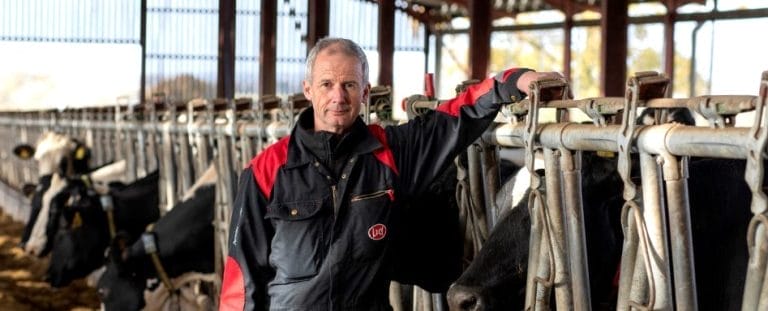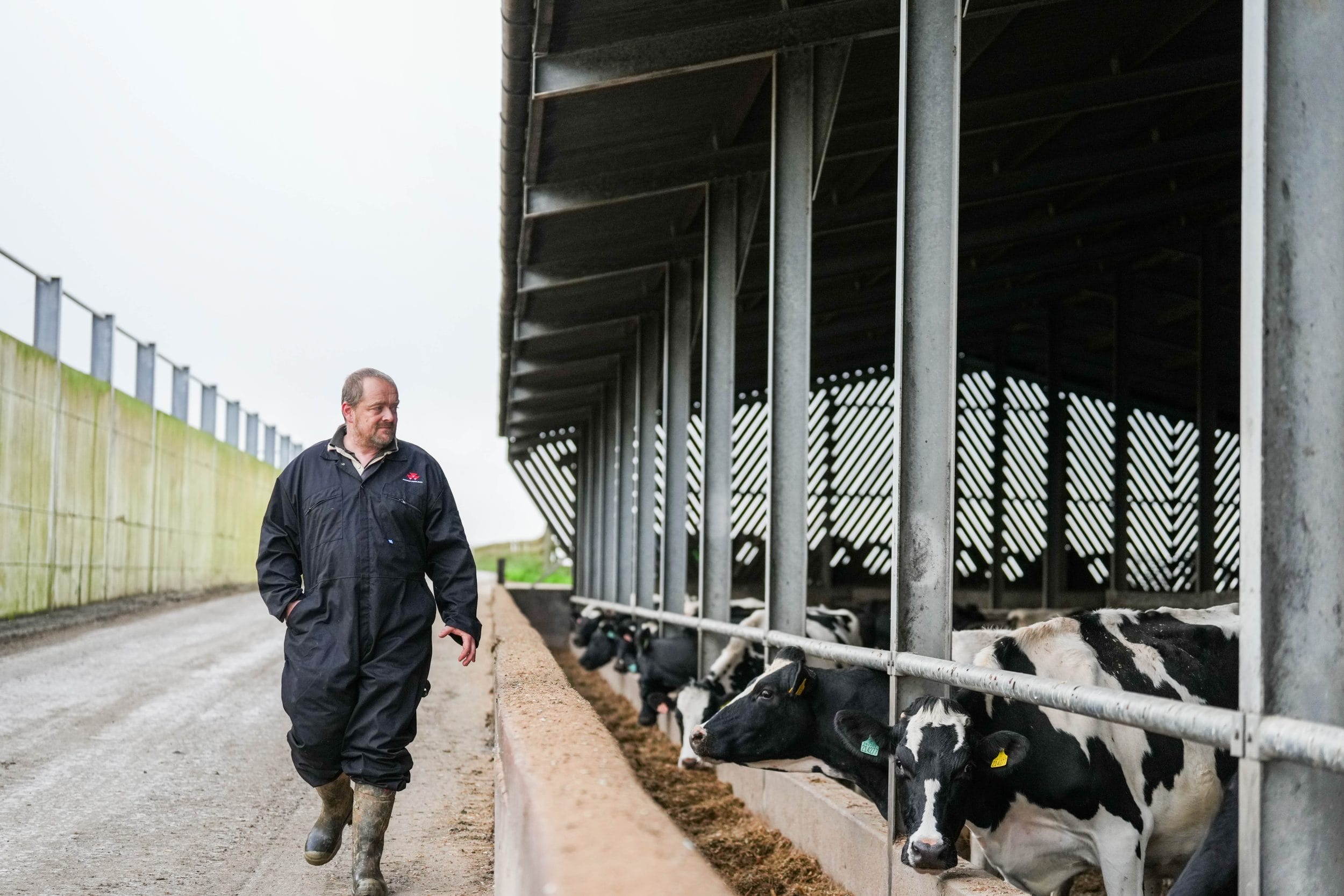
Maximising the milk produced from homegrown feed is the overriding aim for Cornish dairy farmer Richard Martin, not least because it is his surest route to profit.
With 1,000 high yielding cows on an autumn block calving system at Trethick Farm near Bodmin, Richard Martin relies on maize as the major energy source in the herd’s total mixed ration, with it making up 75% of the forage component during the period of peak lactation.
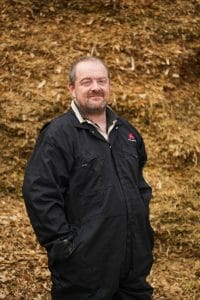 Achieving consistent yields of the highest quality maize, within a safe harvest window, is imperative, and this is being achieved by managing the crop expertly from seedbed to clamp and by choosing high ranking varieties, now mainly in the ‘very early’ maturity class.
Achieving consistent yields of the highest quality maize, within a safe harvest window, is imperative, and this is being achieved by managing the crop expertly from seedbed to clamp and by choosing high ranking varieties, now mainly in the ‘very early’ maturity class.
“We’re constantly looking at ways to fine tune our maize growing practice, through a combination of better management and ensuring we are using the best available varieties for our purpose,” says Richard.
“Most importantly, we’re growing maize as part of an overall system on the farm, so that it’s fully integrated with everything else that we’re doing.
“We’re rationalising the number of varieties we grow, down from as many as nine in any season to perhaps only three or four in the future. We’re growing 475 acres of maize and have three separate clamps, so ideally, we want three blocks reaching optimum maturity in turn across a manageable harvest period of two to three weeks.”
In 2023, which Richard ranks as one of the better years for growing maize in recent times, harvest started on 20th September and was completed by the first day of October, with crops averaging a fresh weight of approximately 15 tonnes/acre at 30% dry matter and 30% starch. In line with a policy of seeking out the best new varieties, Limagrain’s very early maturating variety, Foxtrot, was recommended to Richard and supplied by Graham Ragg of Mole Valley Farmers, and made a very successful debut on the farm, ‘ticking all the boxes’ for Richard.
“In the last ten years we’ve brought the maize harvest forward by two to three weeks, through the way we manage the crop and by selecting earlier maturing varieties. Very early varieties such as Foxtrot allow us more time, in better conditions, to establish a following crop.”
Maize rarely follows maize at Trethick Farm, but – on the rare occasions that it does – a cover crop is always drilled into the stubble: “Maize usually follows a cereal, or sometimes grass, but if we do have to grow maize after maize then we’ll sow a cover crop like mustard or forage rape,” Richard explains. “The latter gives us the option to graze over winter, but the most important factor is to ensure we avoid the risks of bare soils.”
Whether following a cereal, grass or a cover crop, the policy is always to plough before drilling, and every maize field is soil tested in good time.
“I see maize as a reset for the land, so we check the fertility and pH of every field and apply plenty of organic matter by spreading muck and slurry,” adds Richard. “The soil analysis will determine what fertiliser, if any, we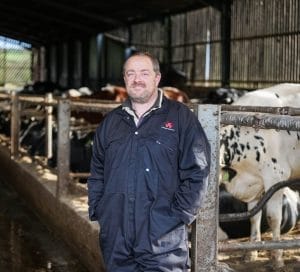 apply. There’s absolutely no point in routinely applying fertiliser if it’s not required, and we’re finding our ground is high in organic matter, with Ps and Ks often up at 4.
apply. There’s absolutely no point in routinely applying fertiliser if it’s not required, and we’re finding our ground is high in organic matter, with Ps and Ks often up at 4.
“By soil sampling and tailoring our soil nutrients accordingly, we’ve cut our use of DAP down the spout by half, with no detriment to crop performance.”
After ploughing, the typical approach is a deep cultivation pass with a Sumo Trio before power harrowing, and then using a drill mounted on a power harrow which ensures the fineness of seedbed that Richard feels is increasingly important.
“In the past two years we’ve moved to using pre-emergence herbicides as a routine, partly because the chemistry available for later spraying is less robust. The pre-ems are more effective with a finer seedbed, we find.
“Whether or not we apply any nitrogen will depend on the season. It’s now more of a tactical application if and when needed, rather than a routine, as we don’t want to waste resources where they aren’t needed.
“With modern varieties we don’t see the need for an eyespot spray, so really it’s then a case of monitoring the crop closely and being ready for harvest.”
Given the high feed rates for maize, Richard is not looking to take the crop too dry, so his target is 30% dry matter and 30% starch. To maximise the feed value of the ensiled crop, he pays close attention to ensuring the crop is properly consolidated in the clamp to optimise fermentation and preservation.
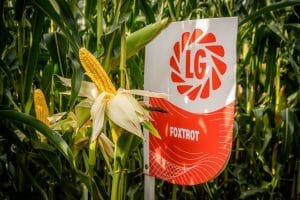 With maize silage providing the bulk of the herd’s energy requirements, cows are yielding a lactation average of 9,000 litres from twice daily milking, with high milk solids of 4.4% butterfat and 3.6% protein. The only feed bought-in to supplement the farm’s homegrown forages and cereals is a protein blend.
With maize silage providing the bulk of the herd’s energy requirements, cows are yielding a lactation average of 9,000 litres from twice daily milking, with high milk solids of 4.4% butterfat and 3.6% protein. The only feed bought-in to supplement the farm’s homegrown forages and cereals is a protein blend.
“We’re not feeding any concentrates in the parlour, and just use one mix across the board for all the milking herd,” says Richard.
“From a peak of 75%, the maize will come down to nearer 50% of the forage ration by the spring. We’re an early turn-out farm, so cows are usually going out to graze by day from mid-to-late February and will receive their TMR at night. By June and July, we’ll have a large part of the herd dry.”
Moving forward, Richard remains focused on continuing to improve production from homegrown feed, and that means becoming even better at growing maize. New varieties with improved digestibility like Foxtrot are an important part of the progress, but so are innovations in management.
“We’ll continue to challenge the way we grow our maize to seek marginal gains,” Richard concludes. “We’re trialling foliar applications of trace elements, for example, and may in future look at things like different seed rates. There’s always room for improvement with what is such an integral part of our system.”

































